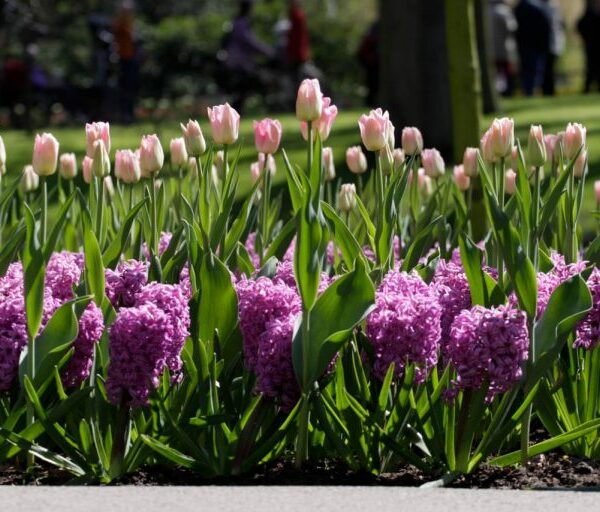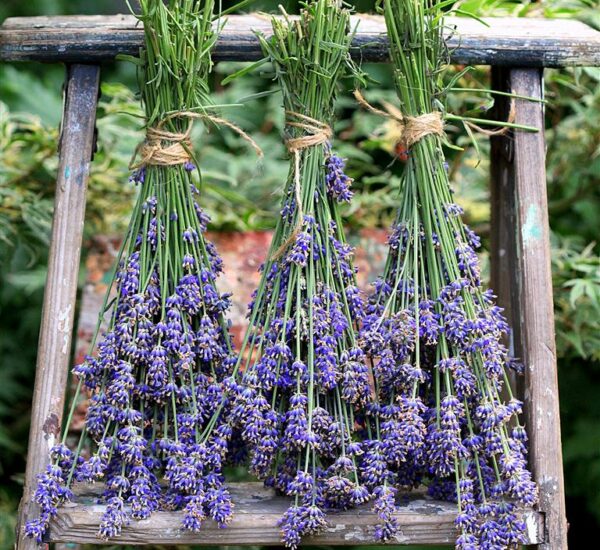Introduction
Coral Bells, also known as Alumroot or Heuchera, are beautiful perennial plants that add vibrant colors to gardens and landscapes. This expert guide provides comprehensive information on how to grow Coral Bells successfully. By following these guidelines, gardeners can nurture healthy plants and enjoy their striking foliage and delicate flowers.
Understanding Coral Bells (Heuchera)
Coral Bells, scientifically known as Heuchera, are native to North America and belong to the Saxifragaceae family. They are valued for their diverse foliage colors, ranging from green and purple to bronze and silver. Coral Bells are hardy plants, suitable for various garden settings, including borders, rock gardens, and containers.
Selecting the Right Varieties
Consulting horticultural bodies like the United States Department of Agriculture (USDA) or local agricultural extension offices can help you choose the appropriate Coral Bells varieties that thrive in your region. Some popular varieties include Heuchera ‘Palace Purple,’ ‘Caramel,’ and ‘Obsidian.’
Choosing the Ideal Growing Conditions
Sunlight
Coral Bells prefer partial shade, especially in regions with hot summers. They can tolerate morning sun and filtered afternoon shade.
Soil
Well-draining soil enriched with organic matter is essential. Conduct a soil test with guidance from your local agricultural extension office to determine the soil’s pH and nutrient levels.
Watering
Provide consistent moisture without waterlogging the soil. Mulching around the plants helps retain moisture and regulate soil temperature.
Planting Coral Bells
Planting Time
The ideal time to plant Coral Bells is in spring or fall when the weather is mild.
Planting Depth
Ensure the crown of the plant sits at the soil surface level. Plant multiple Coral Bells spaced apart to allow proper air circulation.
Mulching
Apply organic mulch, such as compost or straw, around the base of the plants to retain moisture and suppress weeds.
Care and Maintenance
Watering
Water Coral Bells regularly, especially during dry spells. Avoid overhead watering to prevent fungal diseases.
Fertilizing
Apply a balanced, slow-release fertilizer in spring. Follow the recommendations of your local agricultural extension office for specific fertilizer types and quantities.
Pruning
Remove dead or damaged leaves to promote new growth. Prune the flower stalks after blooming to encourage continuous foliage development.
Pest and Disease Management
Pest Control
Monitor for pests such as aphids and slugs. Use natural predators or organic insecticides recommended by agricultural experts.
Disease Prevention
Proper spacing, adequate air circulation, and avoiding overhead watering can prevent common fungal diseases like powdery mildew.
References
United States Department of Agriculture (USDA)
USDA Plant Hardiness Zone Map
Local Agricultural Extension Office
Contact your local extension office for personalized advice and soil testing services.
Academic Experts
Refer to scholarly articles and research publications on platforms like Google Scholar for in-depth knowledge on Heuchera cultivation.
What are Coral Bells (Alumroot, Heuchera)?
Coral Bells, scientifically known as Heuchera, are perennial plants native to North America. They are valued for their colorful foliage and delicate flowers, making them popular choices in gardens and landscapes.
Where is the best location to plant Coral Bells?
Coral Bells thrive in partial shade, especially in regions with hot summers. They can tolerate morning sun and filtered afternoon shade. It’s important to provide them with well-draining soil enriched with organic matter.
When is the best time to plant Coral Bells?
The ideal time to plant Coral Bells is in spring or fall when the weather is mild. Planting during these seasons allows the plants to establish their roots before facing extreme weather conditions.
How deep should I plant Coral Bells?
Plant Coral Bells with the crown (where the roots meet the stems) level with the soil surface. Proper planting depth is crucial for their healthy growth.
How often should I water Coral Bells?
Coral Bells require regular watering, especially during dry spells. However, it’s essential not to overwater, as they prefer consistently moist soil rather than soggy conditions. Use mulch to retain moisture and regulate soil temperature.
Do Coral Bells require fertilizer?
Yes, Coral Bells benefit from a balanced, slow-release fertilizer applied in spring. Follow the recommendations of your local horticultural expert or conduct a soil test to determine the specific nutrient needs of your plants.
How do I prune Coral Bells?
Remove dead or damaged leaves regularly to promote new growth. Additionally, prune the flower stalks after blooming to encourage continuous foliage development. Pruning helps maintain the plant’s overall health and appearance.
What pests and diseases commonly affect Coral Bells?
Common pests that may affect Coral Bells include aphids and slugs. To prevent diseases like powdery mildew, ensure proper spacing between plants, provide adequate air circulation, and avoid overhead watering.
Can Coral Bells be grown in containers?
Yes, Coral Bells can be grown in containers. Choose a well-draining potting mix and ensure the container has drainage holes. Place the container in a location with partial shade and water the plant as needed to keep the soil consistently moist.
How do I divide Coral Bells?
Coral Bells can be divided every few years to rejuvenate the plant and maintain its vigor. Dig up the plant carefully, ensuring you don’t damage the roots. Use a sharp knife to divide the crown into sections, each with roots attached. Replant the divisions at the same depth as the original plant, water thoroughly, and provide appropriate care to establish new growth.
- Rhode Island’s Favorite THC Infused Beverages - June 5, 2025
- THC Soda and Drink Options in Idaho - May 28, 2025
- Ohio’s Go-To THC Infused Beverages - May 28, 2025




